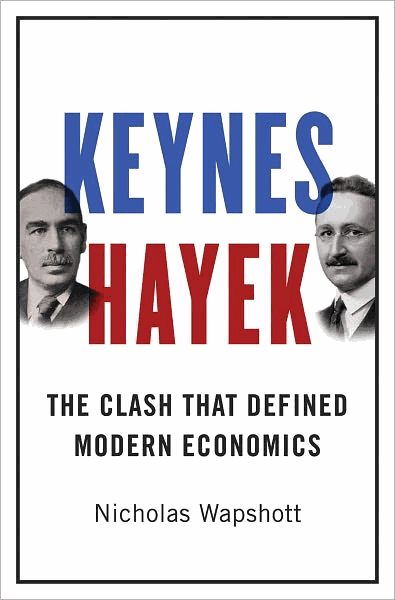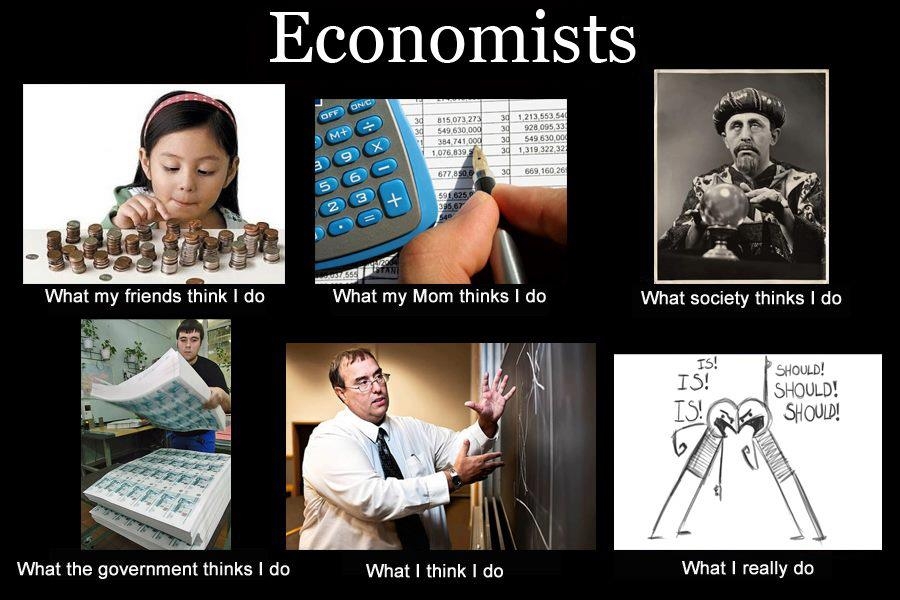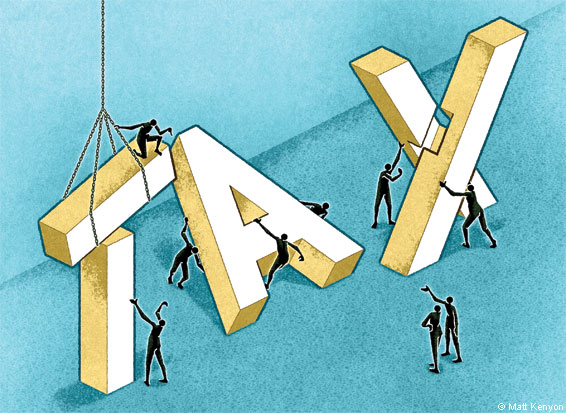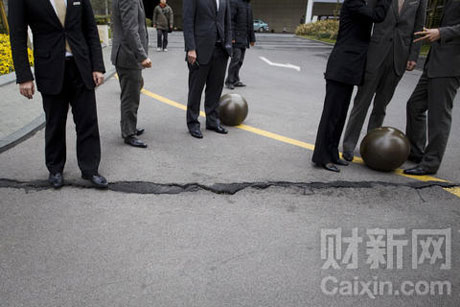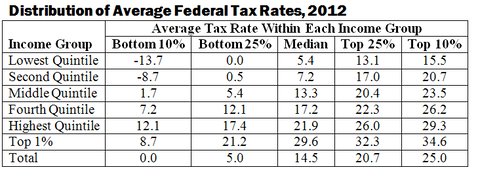The above title is not just the title of Edward Glaeser’s book, which Econ 250 (Urban Economics) students will discuss later this term. It’s also the theme of New York mayor Michael Bloomberg in a commentary in yesterday’s Financial Times. Bloomberg argues that more than half of the world’s population presently lives in cities and that people in these places generate roughly 80% of global GDP. As a result, he claims that “cities cannot afford to cede their futures to national governments.” They must think about what makes them competitive – a topic that is at the center of Econ 250.
Bloomberg goes on to argue that “for cities to have sustained success, they must compete for the grand prize: intellectual capital and talent.” This theme echoes Glaeser’s focus on the skilled city. Why is this important? Glaeser shares Bloomberg’s view “that talent attracts capital far more effectively and consistently than capital attracts talent.” Glaeser points out that cities should give priority to spending money on building human capital and fostering innovation and entrepreneurship rather than on new structures and transportation technology.
Bloomberg goes on to discuss what continues to make New York attractive and, at least according to one study, “the most competitive city in the world.” He concludes “cities must be cool, creative, and in control.”

